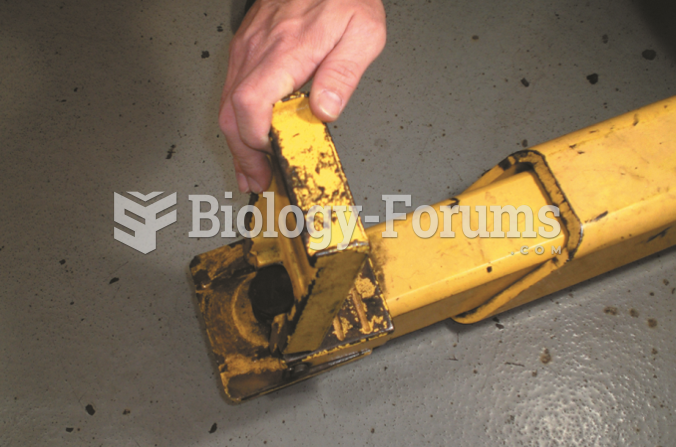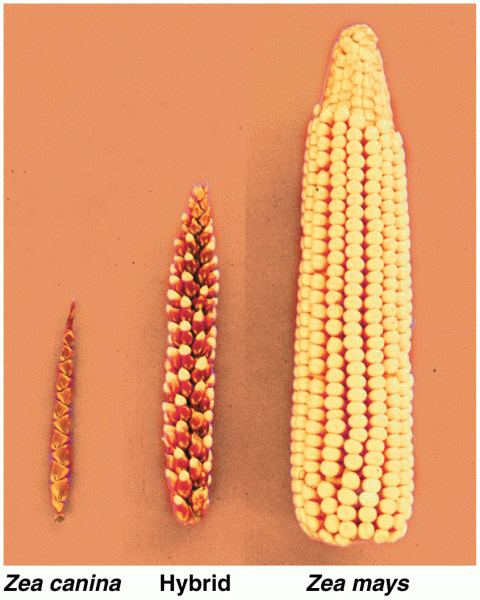Answer to Question 1
Many organizations restrict access to their computers. This can be done by requiring authorized users to have personal identification numbers (PINs) or use passwords. Locking computer rooms and requiring employees to carry ID cards and keys are also used to restrict access. Biometric methods, including fingerprints, hand prints, retina or iris scans, lip prints, facial thermography, and body odor sensors, also help make sure only authorized people have access to computer systems. Biometric technology can use facial structure to identify individuals. Biometric keyboards can identify a typist by fingerprints.
None of these methods is foolproof. Even biometric methods, which for a time were seen as more reliable, are far from perfect. PINs and passwords can be forgotten or shared, and ID cards and keys can be lost or stolen.
Biometric methods also pose a threat to privacy, because anyone who can gain access to the database of physical characteristics gains access to other, possibly private information about you. Some biometric measures are inherently different than other security measures. In more traditional methods, such as fingerprinting, you are aware that your identity is being checked. However, iris and retina scans, facial thermographs, facial structure scans, and body odor sensors allow your identity to be checked without your knowledge, cooperation, or consent. This can be seen as an invasion of privacy. Now, there is the possibility of implanted radio frequency identification (RFID) tags as a security measure.
Answer to Question 2
B







